当前位置:
X-MOL 学术
›
J. Clean. Prod.
›
论文详情
Our official English website, www.x-mol.net, welcomes your
feedback! (Note: you will need to create a separate account there.)
Ecological determinants of 17α-ethynylestradiol biodegradation: Unveiling unique microbial community assemblages in lake sediments under nitrate or sulfate reduction
Journal of Cleaner Production ( IF 9.7 ) Pub Date : 2024-02-26 , DOI: 10.1016/j.jclepro.2024.141400 Leilei Bai , Xin Liu , Yuanqiang Wu , Chunliu Wang , Changhui Wang , Helong Jiang
Journal of Cleaner Production ( IF 9.7 ) Pub Date : 2024-02-26 , DOI: 10.1016/j.jclepro.2024.141400 Leilei Bai , Xin Liu , Yuanqiang Wu , Chunliu Wang , Changhui Wang , Helong Jiang
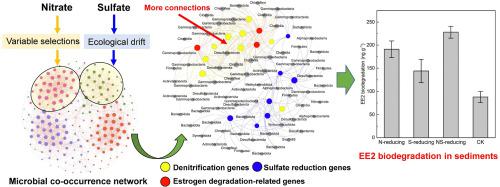
|
Nitrate and sulfate, as electron acceptors (EAs), influence microbial communities and the subsequent biodegradation of emerging contaminants, such as 17α-ethynylestradiol (EE2) in anaerobic sediments. Results of this study showed that nitrate amendment significantly raised nitrate reduction intensity within a short period (<5 days) and greatly influenced microbial community succession compared with sulfate amendment. Nitrate reduction induced deterministic selections that narrowed the niche widths of the microbial community, creating direct correlations between functional members, including denitrifiers and potential estrogen degraders like Pseudomonas . The facilitative coordination of microbes and increased denitrification resulted in greater EE2 biodegradation under nitrate-reducing (0.19 ± 0.02 μg g−1 ) and combined nitrate- and sulfate-reducing conditions (0.23 ± 0.01 μg g−1 ) after 120 days. Moreover, natural organic matter enhanced interspecies syntrophic cooperation (the number of direct connectors increased from 9 to 25 in the microbial network) in the microbial community and further improved EE2 biodegradation efficiency to 0.26 ± 0.03 μg g−1 . Conversely, sulfate reduction required longer adaptation (>20 days) with a higher contribution of stochastic processes in community assembly, yielding fewer connections with estrogen degraders and weaker EE2 biodegradation (0.15 ± 0.03 μg g−1 ). These mechanistic understandings can guide EA selection in the bioremediation of emerging contaminants.
中文翻译:

17α-乙炔雌二醇生物降解的生态决定因素:揭示硝酸盐或硫酸盐还原下湖泊沉积物中独特的微生物群落组合
硝酸盐和硫酸盐作为电子受体 (EA),影响微生物群落和随后出现的污染物的生物降解,例如厌氧沉积物中的 17α-乙炔雌二醇 (EE2)。本研究结果表明,与硫酸盐改良相比,硝酸盐改良在短时间内 (<5 d) 显着提高了硝酸盐还原强度,并极大地影响了微生物群落的演替。硝酸盐还原诱导了确定性选择,缩小了微生物群落的生态位宽度,在功能成员(包括反式剂和潜在的雌激素降解剂,如假单胞菌)之间建立了直接关联。120 天后,在硝酸盐还原 (0.19 ± 0.02 μg g-1) 和硝酸盐和硫酸盐联合还原条件下 (0.23 ± 0.01 μg g-1) 下,微生物的促进协调和反硝化作用的增加导致 EE2 生物降解更大。此外,天然有机质增强了微生物群落中的种间共养合作(微生物网络中直接连接器的数量从 9 个增加到 25 个),并进一步将 EE2 生物降解效率提高到 0.26 ± 0.03 μg g-1。相反,硫酸盐还原需要更长的适应时间(>20 天),随机过程在群落组装中的贡献更大,与雌激素降解剂的连接较少,EE2 生物降解较弱(0.15 ± 0.03 μg g-1)。这些机理理解可以指导 EA 在新兴污染物的生物修复中的选择。
更新日期:2024-02-26
中文翻译:

17α-乙炔雌二醇生物降解的生态决定因素:揭示硝酸盐或硫酸盐还原下湖泊沉积物中独特的微生物群落组合
硝酸盐和硫酸盐作为电子受体 (EA),影响微生物群落和随后出现的污染物的生物降解,例如厌氧沉积物中的 17α-乙炔雌二醇 (EE2)。本研究结果表明,与硫酸盐改良相比,硝酸盐改良在短时间内 (<5 d) 显着提高了硝酸盐还原强度,并极大地影响了微生物群落的演替。硝酸盐还原诱导了确定性选择,缩小了微生物群落的生态位宽度,在功能成员(包括反式剂和潜在的雌激素降解剂,如假单胞菌)之间建立了直接关联。120 天后,在硝酸盐还原 (0.19 ± 0.02 μg g-1) 和硝酸盐和硫酸盐联合还原条件下 (0.23 ± 0.01 μg g-1) 下,微生物的促进协调和反硝化作用的增加导致 EE2 生物降解更大。此外,天然有机质增强了微生物群落中的种间共养合作(微生物网络中直接连接器的数量从 9 个增加到 25 个),并进一步将 EE2 生物降解效率提高到 0.26 ± 0.03 μg g-1。相反,硫酸盐还原需要更长的适应时间(>20 天),随机过程在群落组装中的贡献更大,与雌激素降解剂的连接较少,EE2 生物降解较弱(0.15 ± 0.03 μg g-1)。这些机理理解可以指导 EA 在新兴污染物的生物修复中的选择。


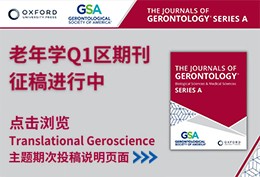
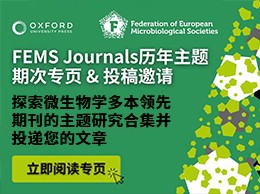





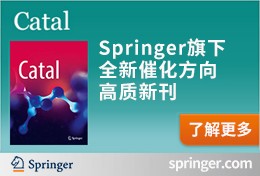
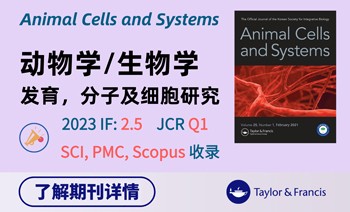






















 京公网安备 11010802027423号
京公网安备 11010802027423号